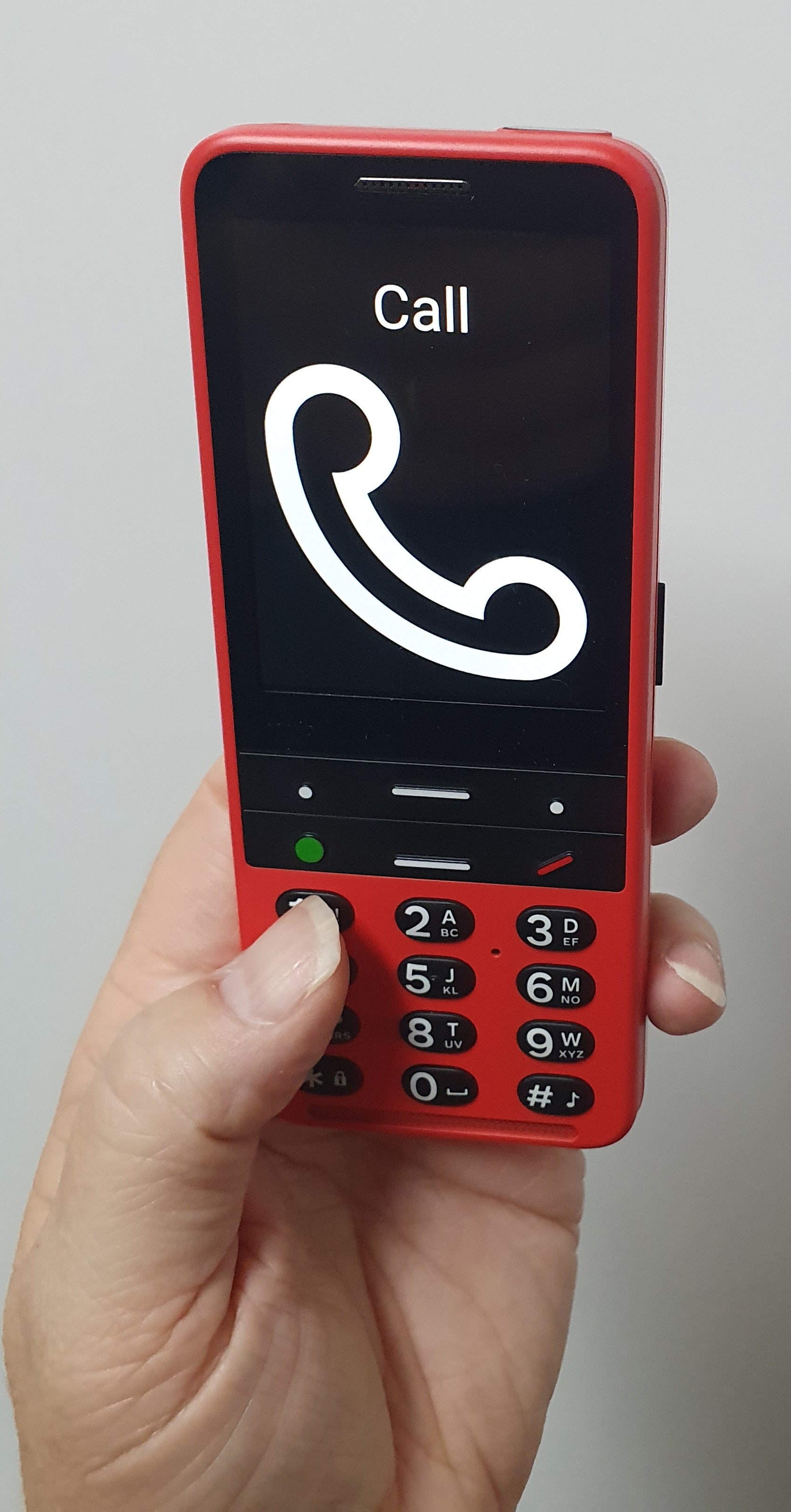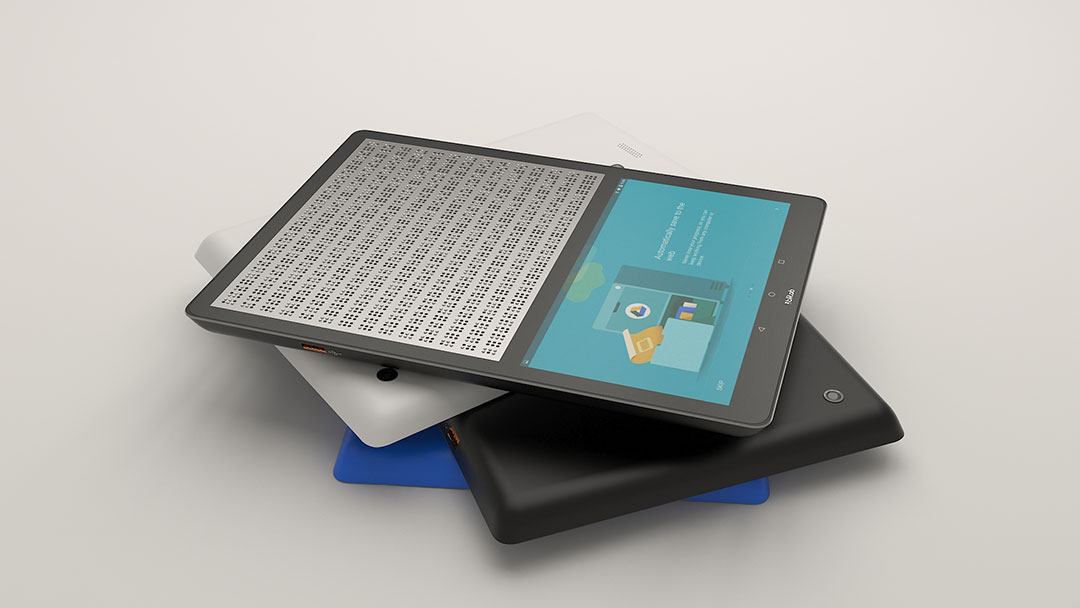Voice-Activated Assistive Devices: Supporting the Visually Impaired
Voice-Activated Assistive Devices: Supporting the Visually Impaired
Blog Article
Empowering Independence With Assistive Innovation for the Blind
The assimilation of assistive technology into the lives of individuals with visual impairments stands for a significant improvement in promoting freedom and self-sufficiency. From ingenious screen readers to innovative wise walking sticks, these tools not only enhance everyday navigating and interaction yet additionally empower users to engage meaningfully in different aspects of life. As we explore the myriad advantages and real-world applications of these modern technologies, it comes to be crucial to examine the underlying aspects that add to their effectiveness and the possibility for future advancements in this crucial area.
Overview of Assistive Modern Technology

The development of assistive innovation is grounded in concepts of inclusivity and empowerment. Developments in software, equipment, and sensory improvements provide users with alternatives tailored to their details demands. From display viewers that convert text to speech, to tactile tools that convey information through touch, these devices transform the means individuals engage with their surroundings.
In enhancement to useful applications, assistive modern technology promotes better social incorporation and involvement in numerous industries, consisting of education and learning and work (Braille displays and notetakers). As r & d remain to develop, the capacity for assistive innovation to even more improve the lives of aesthetically impaired people remains encouraging, leading the way for a much more equitable culture where everybody can prosper
Types of Assistive Devices
A selection of assistive gadgets have emerged to sustain people with aesthetic disabilities, each developed to fulfill specific needs and improve daily performance. These tools vary from low-tech options to sophisticated advancements, giving diverse alternatives for individuals.
Low-tech gadgets consist of magnifiers and large-print products that assist in reading and writing. Braille tools, such as Braille styluses and slates, enable tactile analysis and communication. Alignment and mobility help, like white walking canes, aid individuals browse their setting safely.
On the higher end of the spectrum, digital zoom systems and display visitors use considerable support. Digital magnifiers allow customers to expand message and pictures on screens, while display viewers convert digital web content right into synthesized speech, helping with accessibility to details on computer systems and mobile phones.
Mobile phone applications also play an essential function, supplying functions like message acknowledgment and navigating assistance. Wearable modern technology, such as clever glasses equipped with enhanced truth, is arising as an encouraging tool to boost situational understanding.
Advantages of Assistive Modern Technology
The assimilation of assistive technology significantly enhances the lifestyle for individuals with aesthetic impairments. These modern technologies empower customers by promoting self-reliance, enabling them to browse their atmospheres better and execute everyday jobs with greater ease. As an example, display visitors and magnifying software application permit people to accessibility electronic information, cultivating professional and instructional opportunities that may have formerly been out of reach.
Moreover, assistive devices such as clever walking canes and general practitioners applications provide real-time navigation help, boosting flexibility and safety and security. This raised freedom not only enhances self-worth yet likewise encourages social involvement, permitting individuals to take part more completely in their neighborhoods.
Assistive modern technology also helps with interaction, assisting users connect with others via voice recognition and text-to-speech applications. This capacity is vital for preserving connections and accessing important info.
Additionally, the modification options available with lots of assistive innovations guarantee that customers can customize devices to their certain demands, better boosting use and effectiveness. On the whole, the advantages of assistive modern technology for people with visual disabilities are extensive, promoting a much more inclusive society where every person can pursue their goals and goals.
Instance Studies and Success Stories
Highlighting the transformative effect of assistive technology, countless instance researches illustrate how individuals with visual problems have efficiently integrated these devices into their day-to-day lives. One compelling instance includes an university student who made use of display reading software to browse academic products and on the internet resources properly. This modern technology not just promoted her education however also boosted her self-confidence in taking part in discussions and group tasks.
Another case study includes a specialist that uses a smartphone application created for navigation and object acknowledgment. By utilizing this application, he has restored autonomy in both his personal and workplace, permitting him to commute independently and involve with coworkers better.
In addition, a retired person shared her experience with braille e-readers, which allowed her to access a huge selection of literature and stay linked with her area via book clubs.
These success tales emphasize the essential role of assistive modern technology in cultivating freedom, boosting top quality of life, and advertising social combination for people with visual problems (Wearable technology for low vision). By welcoming home these ingenious devices, individuals can overcome challenges and seize chances that add to their professional and individual satisfaction

Future Fads in Assistive Technology
Development in assistive innovation is positioned to redefine the landscape of assistance for individuals with aesthetic problems. Emerging trends emphasize the integration of expert system (AI) and machine learning, which enhance the capability of devices that help with navigating and details availability. As an example, AI-driven applications are currently capable of analyzing aesthetic data in real-time, enabling individuals to involve with their environment much more separately.
Additionally, the advancement of wearable modern technology is advancing rapidly. Smart glasses equipped with enhanced truth (AR) can provide audio summaries of surroundings, transforming just how customers interact with public spaces. These devices not only promote freedom yet also foster social inclusion.
Furthermore, the Net of Things (IoT) is making homes smarter, allowing for seamless connection in between everyday appliances and assistive gadgets. This connection empowers users by allowing computerized feedbacks and voice-activated controls tailored to individual needs.
Verdict
To conclude, assistive modern technology plays a pivotal function in encouraging people with aesthetic disabilities by enhancing their freedom and involvement browse this site with their surroundings. The diverse series of gadgets and applications available not just promotes navigation and interaction however additionally advertises social integration and chances for individual and specialist development. As improvements continue in this area, the capacity for boosting the lifestyle for those with visual problems will certainly expand, cultivating higher freedom and empowerment.

Report this page